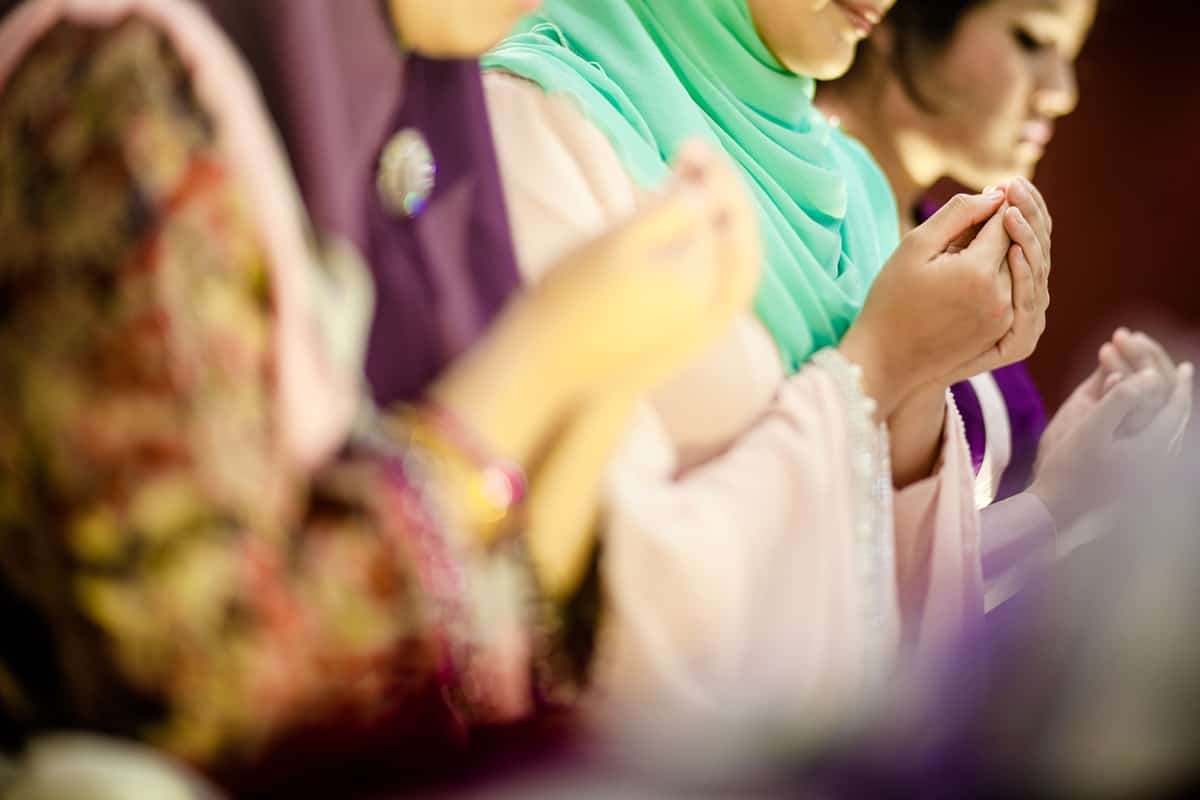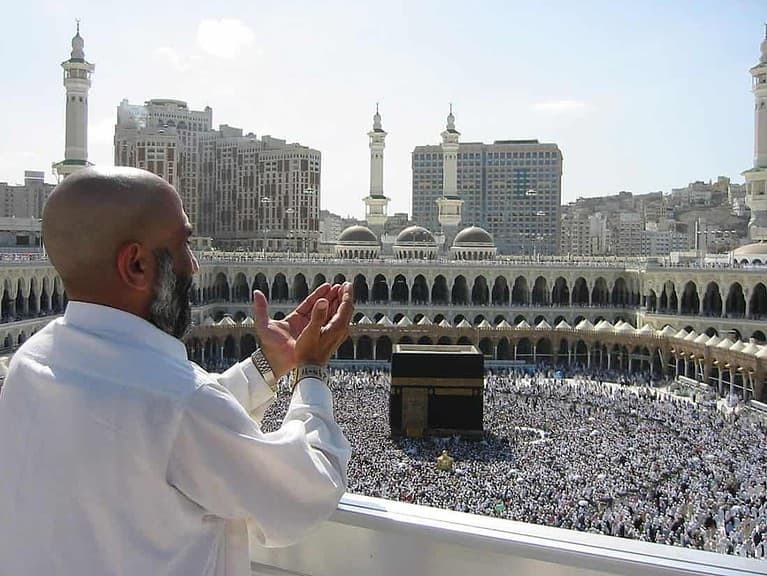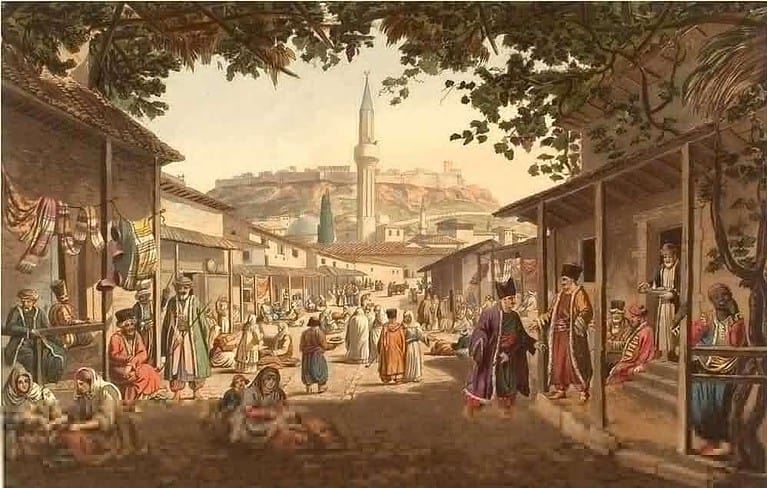About Islam and The Prophet Muhammad
Muhammad (Mohammed or Mahomet) was born around AD570 in Mecca. Mecca was already a shrine city where the Ka'aba (Cube) was located known as the "house of Allah"

Muhammad (Mohammed or Mahomet) was born around AD570 in Mecca. Mecca was already a shrine city where the Ka'aba (Cube) was located known as the "house of Allah"

This migration, called Hijra in Arabic, started on September 24, 622. This marks the beginning of Islam, and the Muslim calendar starts with this date. In the tenth year of Hijra, 632, Muhammad died. The Shia (or Shiites) and the Sunnites became the two major groups within Islam.

The era of the four Medina-based Caliphs or "Rightly Guided Caliphs". Three of the four were assassinated. The four caliphs were more political figures than spiritual leaders.
The next fourteen hundred years (see previous article) are a remarkable story of dynasties and empires struggling for power across the globe. We begin with the Umayyad Dynasty and end with the European colonization of the Muslim states in the eighteenth and nineteenth centuries.
Sufism goes back to the founding of Islam; as Islam spread from Arabia to other parts of the world, it interacted with new cultures and philosophies. Islam encountered Christian monks in the desert, Gnostics of various sorts, Neoplatonic philosophy, and Buddhism and Hinduism from India. Some Muslims came under these influences